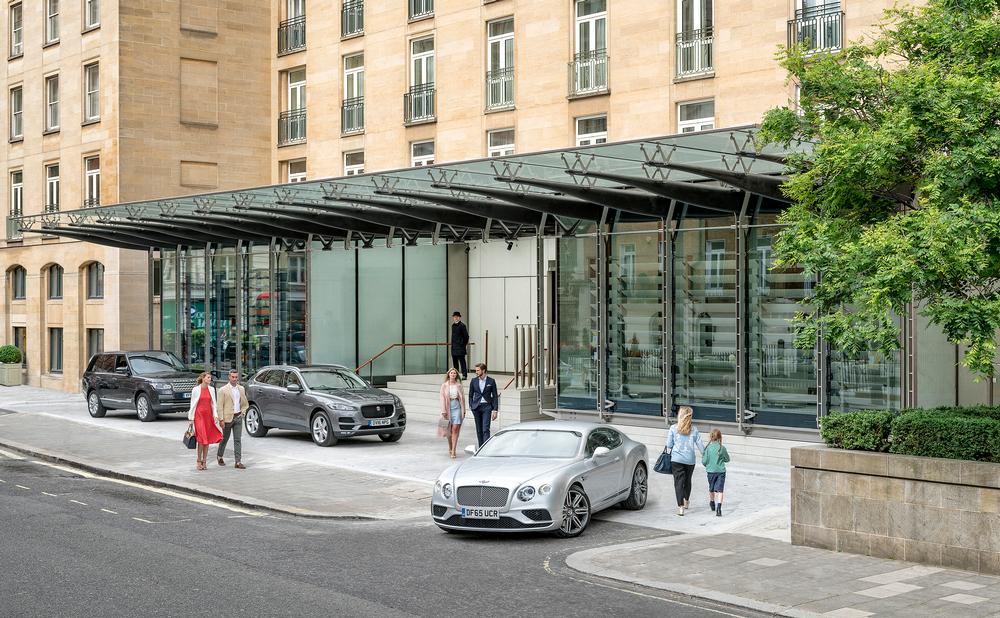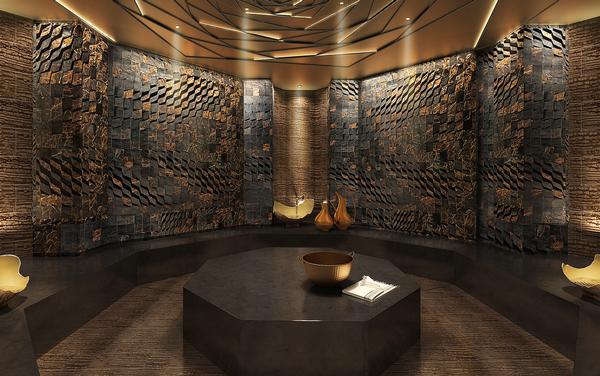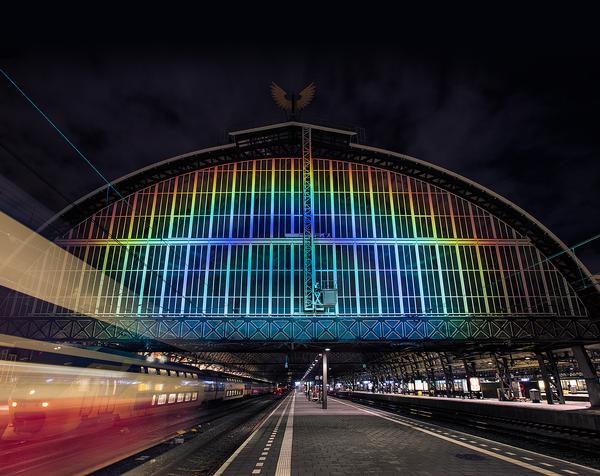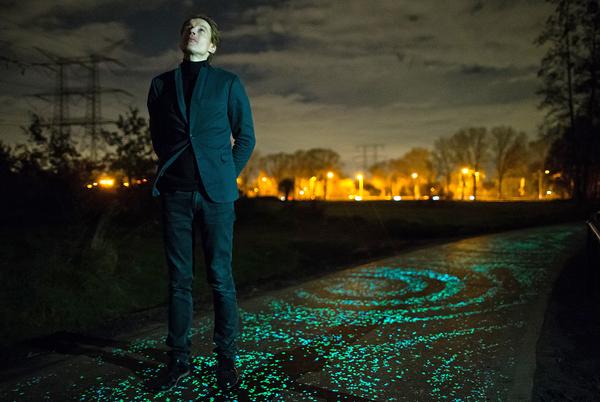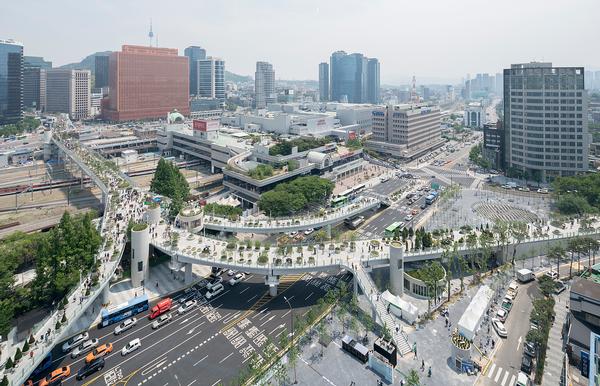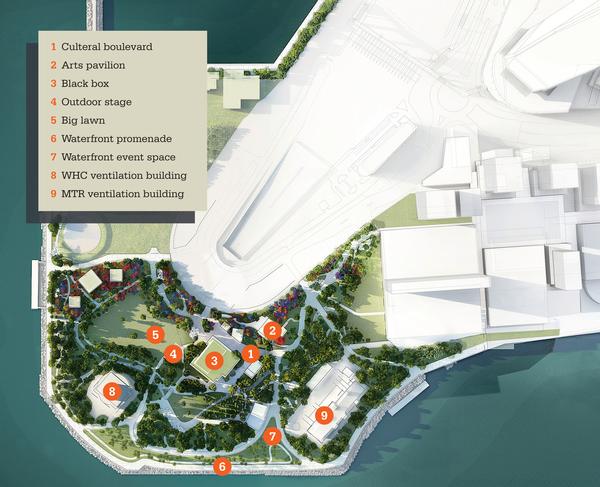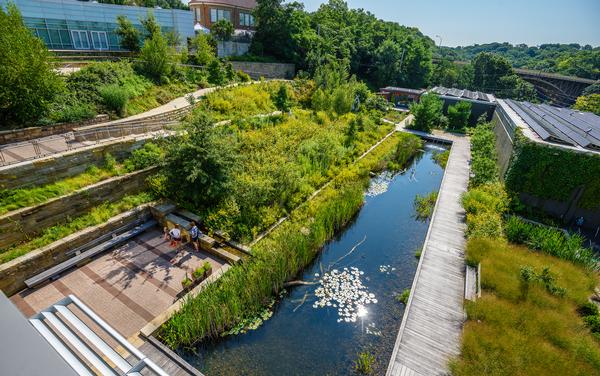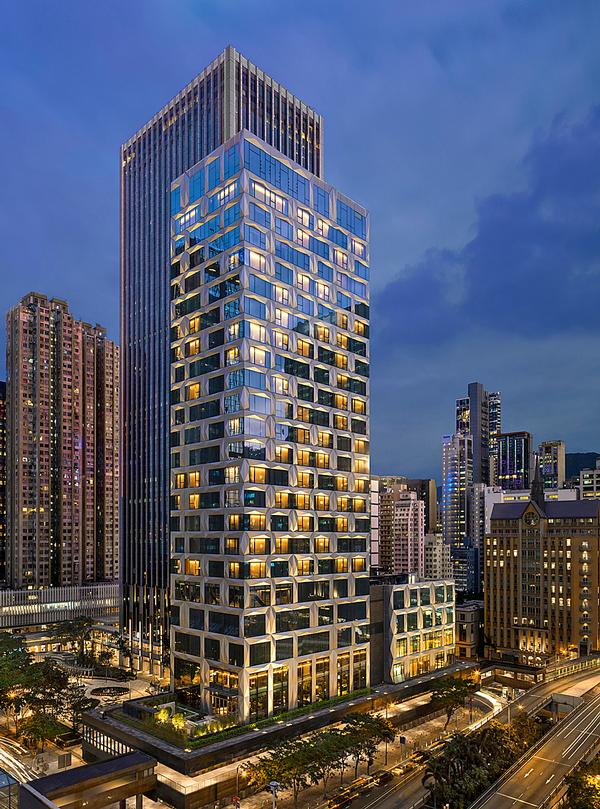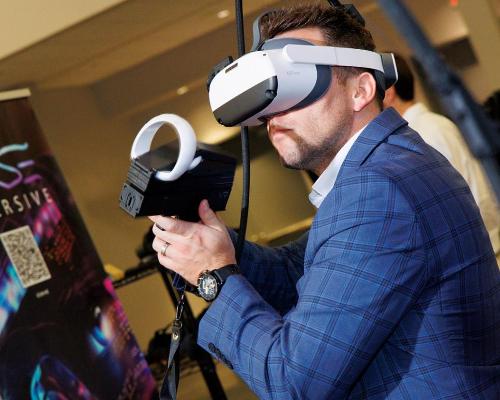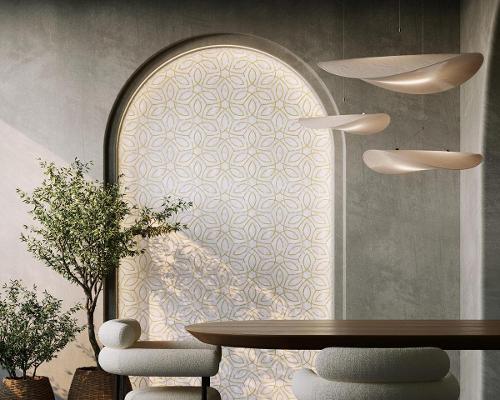CLAD people
Richard Rogers
Partner RSHP
Richard Rogers has warned that the “erosion of public space by the private market is a really serious problem in cities.”
In an interview with CLADmag at the launch of the 2016 Venice Architecture Biennale, where his firm Rogers Stirk Harbour + Partners were exhibiting, he urged architects, developers and the public to “defend our public spaces.”
“Leisure space – public space – is at the very root of democracy, and architecture is about democracy,” he said. “When I studied architecture in the 1950s, 80 per cent of architects in England worked for schools, hospitals and other public buildings. Today, I gather the number is 20 per cent, which in a way reflects the need to defend the public domain.”
Rogers told CLADmag that all architects should try and help solve today’s social and environmental challenges.
“We have a responsibility, no question,” he said. “We have a responsibility not only as architects but also as citizens. Our responsibility is to defend the quality of life of the individual.”
Rogers said that architects could still work for private clients and contribute to the public good. He cited the example of RSHP’s Leadenhall office building, saying “we managed to persuade the local government and the owner to have the bottom of the building as public space.”
Richard Rogers and his practice, RSHP, are responsible for the design of a new architectural façade for the Berkeley hotel in Knightsbridge, London, adding “a touch of contemporary theatre” to the 1970s building.
The hotel’s entrance has been extended outwards and fitted with glass, steel and carbon fibre beams to create what the hotel’s developers describe as “a unique and show-stopping canopy which will take our London landmark into the 21st century.” The new façade is part of a wider redesign which includes the lobby, the Blue Bar and the Collins Room.
Construction work recently began on the RSHP-designed International Spy Museum in Washington DC, due to open in 2018.




